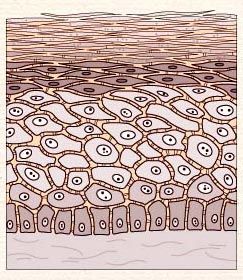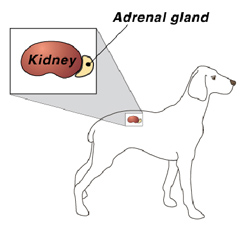No matter where you have your dental procedure done, the clinic should have and use radiographs or you are wasting your time, money and not doing any real service to your pet.
We used to book off 5 hours for a dental procedure and we did the assessment and oral surgery (extractions etc) all at the same time. This was neither fair for the client (as we could not quote for the extractions till we saw what we needed by the assessment) nor efficient for us as some procedures were 2 hours long and others could be up to 5 hours long.
The OVMA (Ontario Veterinary Medical Association) suggested we do what human dentists do. That is, they have you come in for a cleaning and assessment first, and IF any other problems are found by probing and radiographs, we have you come back for any additional work, usually within a month of the cleaning. We then can give you a fixed cost to the second procedure (again, only if needed) since we then know what has to be done. We provide a detailed report to the client with photos and explanations if your pet needs more than a cleaning. So this makes the cleaning and assessment a simple quote for all. Unlike in humans where we can do these things awake, in animals it involves a general anesthetic.
What do we include in a dental cleaning and assessment?:
Pre-surgical blood work (if none has been done within the last year)
Pre-medicate to reduce anxiety and help make anesthesia safer and smoother.
Anesthesia (which includes monitoring heart rate, blood pressure, oxygen saturation of tissues, EKG and body temperature). In addition to this we provide heating pads below and heating units above your pet to keep him/her warm during and after anesthesia. A technician monitors your pet before, during and after the procedure.
We give subcutaneous fluids for the cleaning and assessment.
Supragingival scaling (to remove calculus/tartar)
Subgingival therapy (to remove debris and bacteria from under the gums)
Polishing
Flouride
Sulcular irrigation
In some cases Gingivectomy and Gingivoplasty are needed as well
We probe around all quadrants of each tooth.
We radiograph all teeth.
We chart the results and if there are issues, create a detailed, easy to understand report with your pets radiographs.
We monitor recovery and small dogs and cats are put in our human pediatric incubator to keep them warm and comfortable.
This all takes about two hours of our time (and an additional hour to clean and sterilize all the equipment) and involves the veterinarian and technician and often an additional staff member.
No teeth extractions are generally done at this time as when we do extractions it involves not only removing the teeth (which have very, very long roots) but also removing the dead and infected bone around the tooth, level down the bone socket, so no rough edges are present, grafting the gums across the empty space and suturing with very fine absorbable material. This all involves a surgical head loop light source, special magnifying glasses designed for the surgeon and a good deal of experience. This also involves a great deal of time. Sometimes we see massive bone infections and cancer on these assessments.
If your pet needs extractions based on the assessment, we print out a detailed report with dental radiographs and explanations of what has to be done. We print a chart to show you which teeth need removal. We now know how long it will take for the extractions/dead bone removal (i.e. oral surgery) and we give you a fixed price for this procedure that should be done within 1-2 months. So there will be no surprises or unexpected cost.







